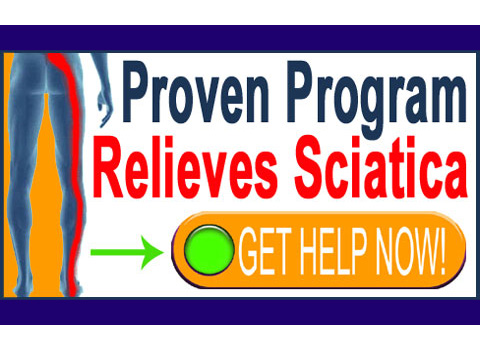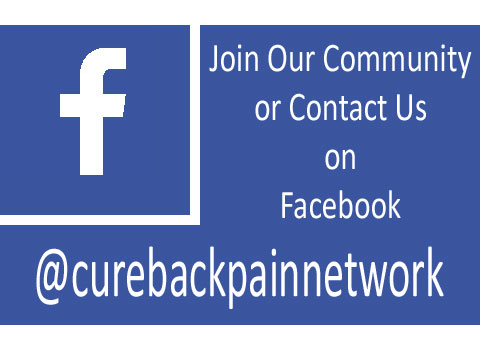
Facet syndrome disability is one of the worst possible effects of severe apophyseal joint symptoms. Disability is sad state for any chronic pain sufferer to endure. Disability degrades productivity, devastates earning ability and creates a host of negative consequences on the psychoemotional state of the patient. Disability can describe a loss of most physical functionality that results in the inability to live a normal and full life. Disability can also be a legal term used to designate the state of individuals who qualify to receive financial benefits under various social services programs. Facet joint syndrome can create disability that fits both of these cruel sets of criteria.
We work tirelessly to help patients to avoid becoming victimized by pain to the extent of disability. However, we reach some patients too late and must help them fight the uphill battle to regain their health and physical functionality once disabled. Fortunately, although this can be challenging for chronic back and neck pan sufferers, facet syndrome patients have better treatment opportunities that can provide improved outcomes when compared to many other dorsalgia diagnoses.
This dialog focuses on the functional and legal definitions of facet-joint related disability and the collateral consequences of this label on the patient’s life.
Facet Syndrome Functional Disability
Functional disability is far more important than any legal definition could ever be. This is an objective view of the limits of a person’s physical capabilities in relation to their abilities in the past. I have virtually never met a chronic pain sufferer who did not demonstrate diminished abilities compared to when they were able-bodied. However, only a small percentage will display the degrees of physical functionality that qualify them as truly disabled. Most will simply be reduced in their endurance, diversity of motion and ability to handle stresses compared to their same characteristic levels prior to suffering from whatever condition currently ails them.
Functional disability affects every aspect of life, including work, personal life and future outlook. Patients are hindered by their reduced ability to perform basic and advanced physical feats, while simultaneously suffering psychoemotional insult in the form of conscious recognition of their diminished selves. Disability is usually a main factor towards the development of negative body image, negative self esteem and greatly undermined self-worth.
Disability is difficult to endure at any age, but seems particularly cruel for patients who are not young enough to start over in new vocation paths, and not old enough to stop working or be free from many life stresses associated with a younger age. This describes patient in the ages of 40 to 55, which is (not so) strangely the ages where chronic pain-related disability is most common. Dr. John E. Sarno wrote much about how the ages of most responsibility factor into many chronic pain conditions and outcomes.
Facet Syndrome Legal Disability
Depending on where you live, the definition of disability can vary greatly. In most countries that provide social assistance programs for disabled people, definitions range from the inability to earn a particular amount of money while demonstrating particular health issues, the inability to perform previous work for pay compared to previous paid abilities or the incapacity to function physically in order to perform basic necessities for oneself, regardless of pay.
Disability is a major legal problem in the United States, with many, many truly disabled people fighting desperately for the small benefits they will receive, while others with “”good battle plans” and “crooked” lawyers have received huge monetary compensation for decades already. There is no doubt that the system can be gamed and exploited by opportunistic patients, while others will never receive the benefits they have worked for, earned and need desperately. We have said for more than 15 years that the disability system in America requires drastic revamping and should be completely scrapped in favor of a whole new rating system that makes sense medically, instead of simply fulfilling often ludicrous legal definitions.
Recovering from Facet Syndrome Disability
Up until this point, we have not spoken much about how disability relates to facet syndrome. This is because it really does not matter what type of pain lands in person in such desperate circumstances as being disabled. What is truly important are the effects on their life and their ability to bounce back to full health or at least able-bodied status following effective treatment.
Facet joint syndrome is readily treatable and many patients can make full recoveries from terrible pain with successful care. This is why patients who have not tried surgery at least once are rarely considered for any type of disability claim. The good news is that disability does not have to become a person’s fate, since effectual therapy is usually available for most patients and most conditions.
In order to learn more about the best path towards treatment, be sure to thoroughly research the specifics of your facet joint diagnosis and then follow our treatment guide for specific advice and tips. When it comes to helping patients to recover from facet joint pain, we provide all the information ever needed. All you have to do is want to feel better and take the time to read and utilize the expert guidance contained in this website. Good luck!
Facet Joint Pain > Facet Joint Facts > Facet Syndrome Disability





